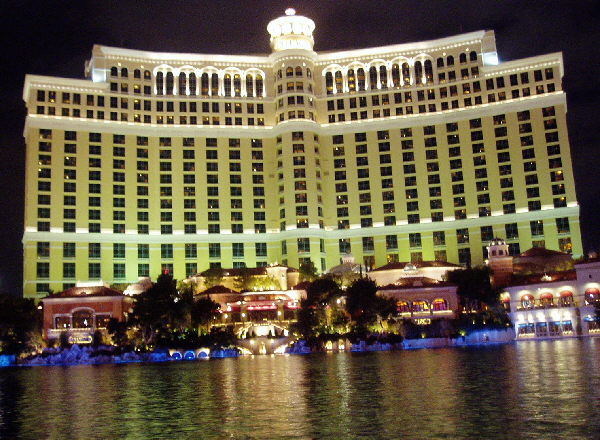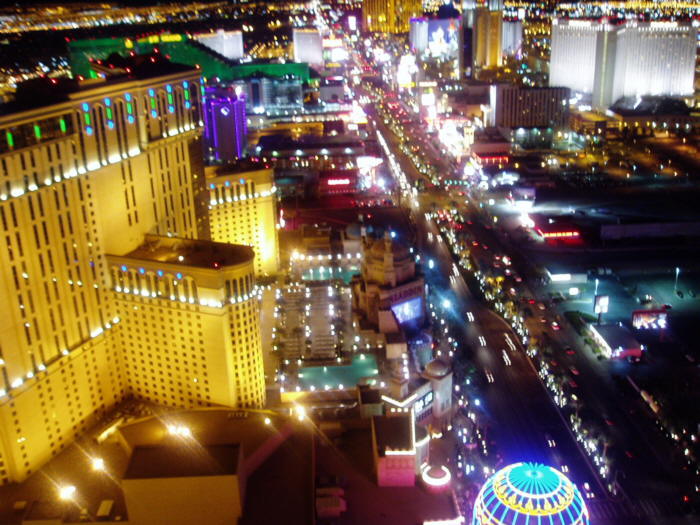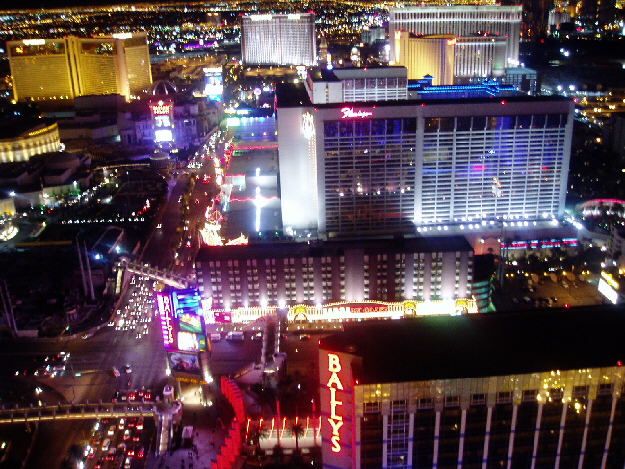Are you feeling brave enough to post one or two of the photos? We might be able to work out what the camera was doing.
Point and shoots can often get confused over what they are trying flash at.
If they are trying to flash at something way in the distance they might end up over-exposing and washing out anything close. Closer things would usually be at the bottom of the frame.
What they do other times is to expose for the near subject and leave everything else quite dark.
If there's a big difference in light levels across the whole picture it could be that the camera is having trouble getting a balanced exposure.




 Reply With Quote
Reply With Quote






Bookmarks